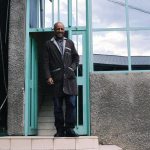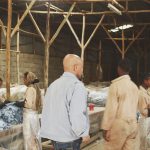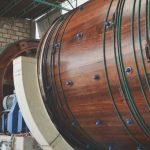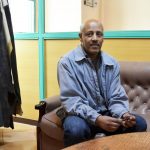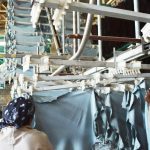Six lessons in sustainable leather manufacturing from Hussein Feyssa, manager at one of the world’s most progressive tanneries

Walking around Hafde Tannery with Hussein Feyssa, marketing and technical manager at the family-run company founded in 1995, we saw engineers at work on equipment, flower gardens flourishing, outdoor patios with tables for employees to eat at, a clinic, giant wooden barrels tumbling as they clean the leather, rooms dedicated to the development of new leathers. Staff checked in constantly, making sure that the mechanics and processing were running perfectly. Before joining the team, Hussein received his degree in polymers in eastern Michigan, and he is determined to improve the global industry while making the world’s best leather.
Oliberté is proud to partner with this inspiring man and the Hafde Tannery, and here, Hussein shares with us six keys that make Hafde one of the world’s most progressive tanneries:
1. Don’t just employ, empower your employeesSomething that makes us unique is that our tannery doesn’t feel like one. We have 360 employees. The tannery is on 21,000 sq. meters. We subsidize meals for all employees. We have green landscapes for employees. We employ a of team engineers – chemical engineers, electricians, mechanical engineers – as well as four or five landscapers to care for the environment. Everyone works, but we don’t pressure them. We treat our workers as masters of what they do.

2. Bring your background to the workplace.
Having been trained as a chemist helped a lot. It’s uncommon in the tanning industry. In product development, we are a national leader because we have developed a reputation in Ethiopia for our high quality leathers, variety, and innovation. The leather source is same everywhere in Ethiopia, but how you make it has its own quality.
3. Don’t settle for good enough, especially when it comes to the environment.I used my background to come up with a unique thing in the leather industry called chrome recycling. The leather normally takes four-fifths of the chrome with the remaining one-fifth not utilized (normally it is lost in precipitation). We reuse it to avoid any contamination, since chrome that precipitates can turn into different chemicals. Of the one-fifth, we put 80 percent back in the leather treatment process. We also have a system that adjusts the pH of the used water and oxidizes toxic components.

4. Be a leader. (One day, the industry will follow.)
We do these kinds of things, like chrome recycling, for many reasons. One is your clients will much appreciate it. And the other issue is you have your own responsibility for society. If you are ahead of the crowd, your sustainability will be better. But I feel that I am very disappointed in the industry, why it’s not transforming itself overall, around the world. We try to be as ethical and green as possible—green technologies are important to our long-term.
At our tannery, we even invented a power factory corrector to return unused energy to its source. We installed it, and a minister came, and we said, “This is it.” Now, it’s standardized in the whole nation. The training was given by our technicians.
5. Keep creating, and put new developments into practice.Whatever we develop, Oliberté is interested in picking and putting it in their showroom. Oliberté’s founder Tal is appreciative of new things and wants to try it, and through that, some of our leathers were developed. If you are not putting in practice something new, it will disappear. For example, the black/red pullup is not common anywhere in the world. Also, the hair-on leather. The real pullup leather we produce for Oliberté has a very unique touch—it is not common to find real pullup anymore.
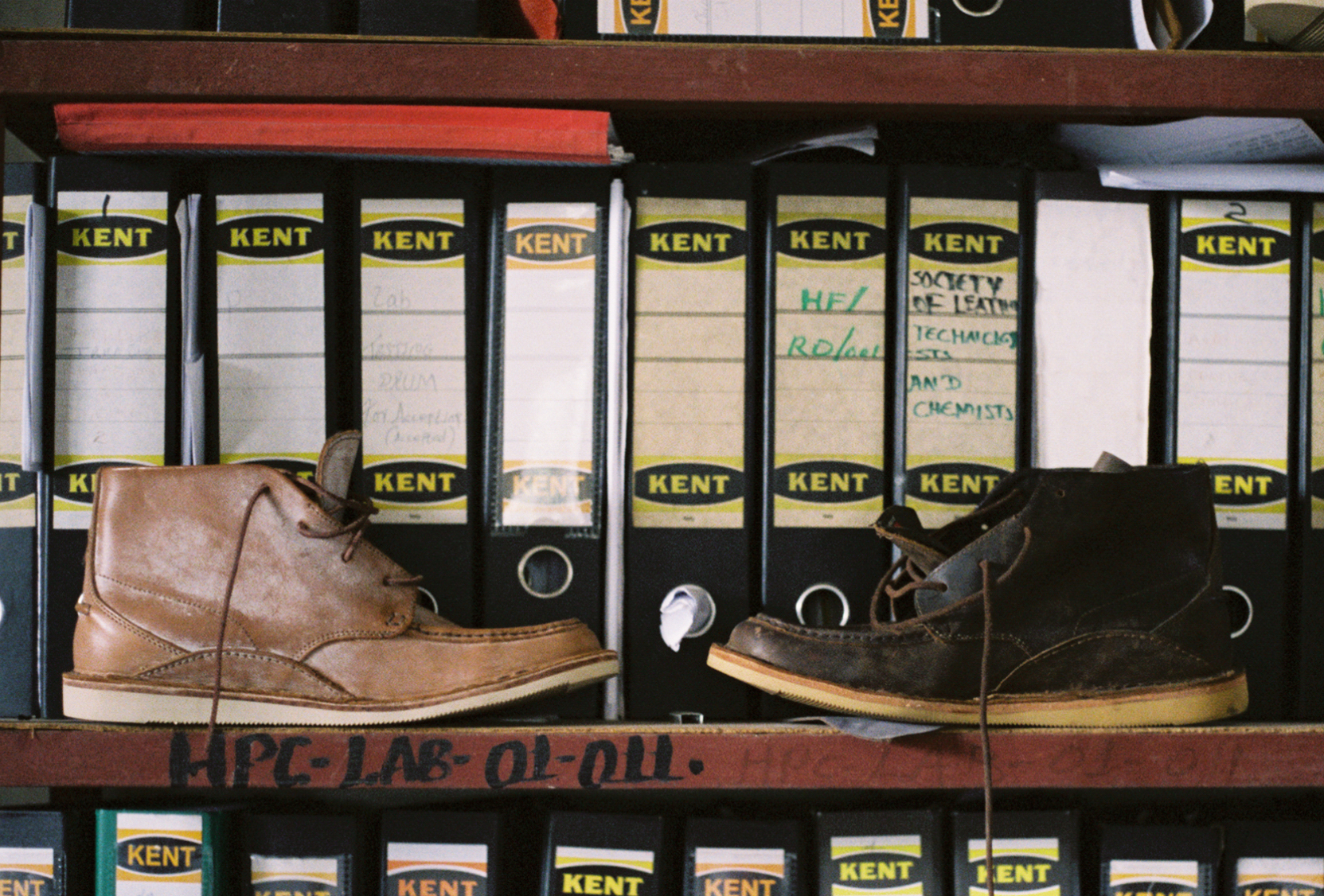
6. Find partners who support and respect you, and stick with them.
We are happy to work with Oliberté, because simply, they understand our efforts for unique quality and care for the environment. It was difficult for us at first because the production volume was low, but this year, Oliberté has reached a new stage of growth, which is what we were aiming for together all along. We see a strong future together. When you are speaking eye-to-eye, it is very easy.





